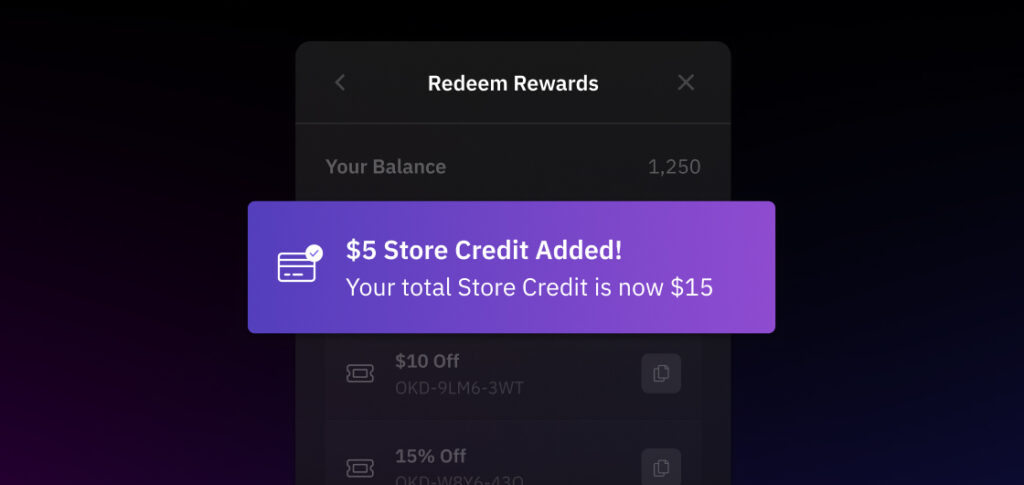
- Customer Loyalty
- Loyalty
- Product
Simplify reward redemption with Store Credit
Katie Vaught | Apr 22, 2025
Dec 19, 2024 | 8 minute read
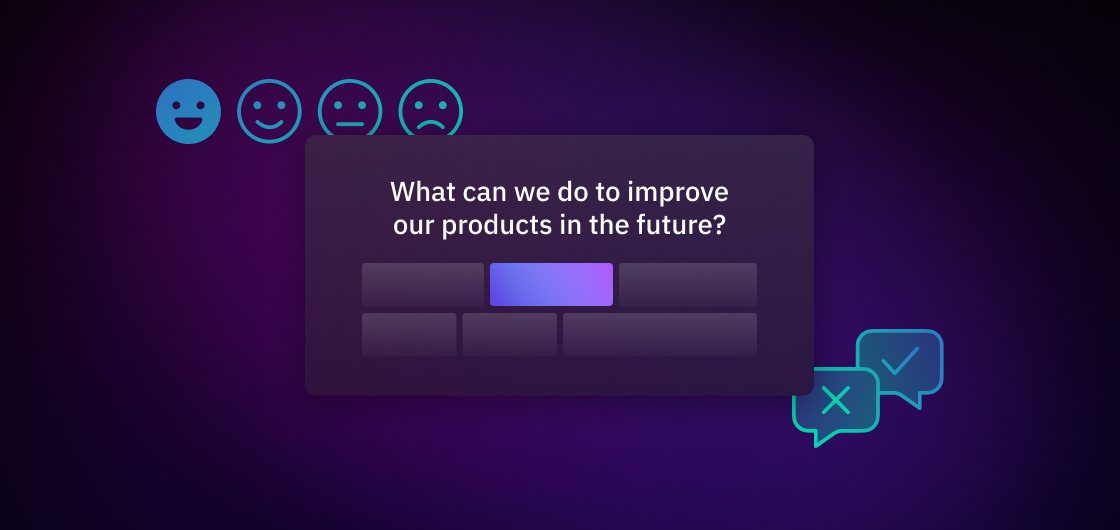
Megan Wenzl
Content Marketing Manager
Customer experience (CX) surveys are crucial for gaining valuable feedback about how customers engage with your brand. By using a product like Okendo Surveys, you can easily gather insights that reveal areas for improvement, boost customer loyalty, and drive growth.
Surveys help identify strengths and weaknesses in your customer journey, allowing you to act on feedback that leads to better conversions and long-term customer satisfaction. When crafting your survey, be sure to implement clear, targeted questions and follow best practices to ensure you get actionable data that will support your business goals.
Every step of the customer journey matters, from the moment they land on your website to their first interaction with your product or service. The customer experience (CX) at every touchpoint (positive or negative) can have a lasting effect; it can determine whether the customer makes a repeat purchase, leaves a review, or recommends your brand.
Positive customer experience can increase conversions, reduce complaints, boost loyalty, and build a strong brand reputation. In this article, we’ll explore what customer experience surveys are, why they’re important, and how to create ones that work for your brand.
Creating exceptional CX means understanding what your brand is doing right and where improvements can be made. Customer experience surveys are a simple, yet effective way to learn about customer preferences and needs, and discover pain points. With this data, brands can gain the necessary insights to exceed expectations and gain a competitive edge.
A customer experience survey is a questionnaire that asks customers to share their feelings about a company’s products and interactions with the brand. These questions can be about their experience as a whole or can be more targeted (for example, a survey about the checkout process).
This feedback helps identify strengths and weaknesses, create targeted solutions, and enhance the overall CX. For maximum impact, these surveys should be sent at specific places in the customer journey, such as after a purchase or customer support interaction to help identify exactly where improvements can be made.
Seeking feedback through CX surveys allows companies to understand customer needs, expectations, and overall satisfaction. When done regularly, you can observe trends in customer behavior, sentiment, and preference tracked over time. This data-driven approach can help brands identify and address issues, and improve products and services.
This builds loyalty because when customers have a positive experience or notice a company’s commitment to improving CX, they’re much more likely to make repeat purchases and share their positive experiences with others. This leads to increased brand awareness and trust, which drives growth. CX surveys also help identify areas where processes can be streamlined and efficiency can be improved, leading to reduced costs.
Creating a survey can be deceptively simple, but it does take some strategy. You’ll need careful planning, effective execution, and insightful analysis.
First, you’ll want to clearly determine what you want to study. Pick a specific area you’re interested in learning more about, for example: how the website is functioning. This information will help you determine where in the customer journey to deploy the CX survey and keep your questions on topic.
Once you know what you want to study, you can begin creating your survey. Pick out the types of questions you want to ask, and how you want your customers to answer them (multiple-choice, scale, or open-ended). Remember to keep your survey concise and use simple language. Then, test it to identify any issues or confusing questions.
The timing and delivery method of your CX survey can significantly impact response rates and the quality of the feedback you receive. Consider these factors when planning your survey:
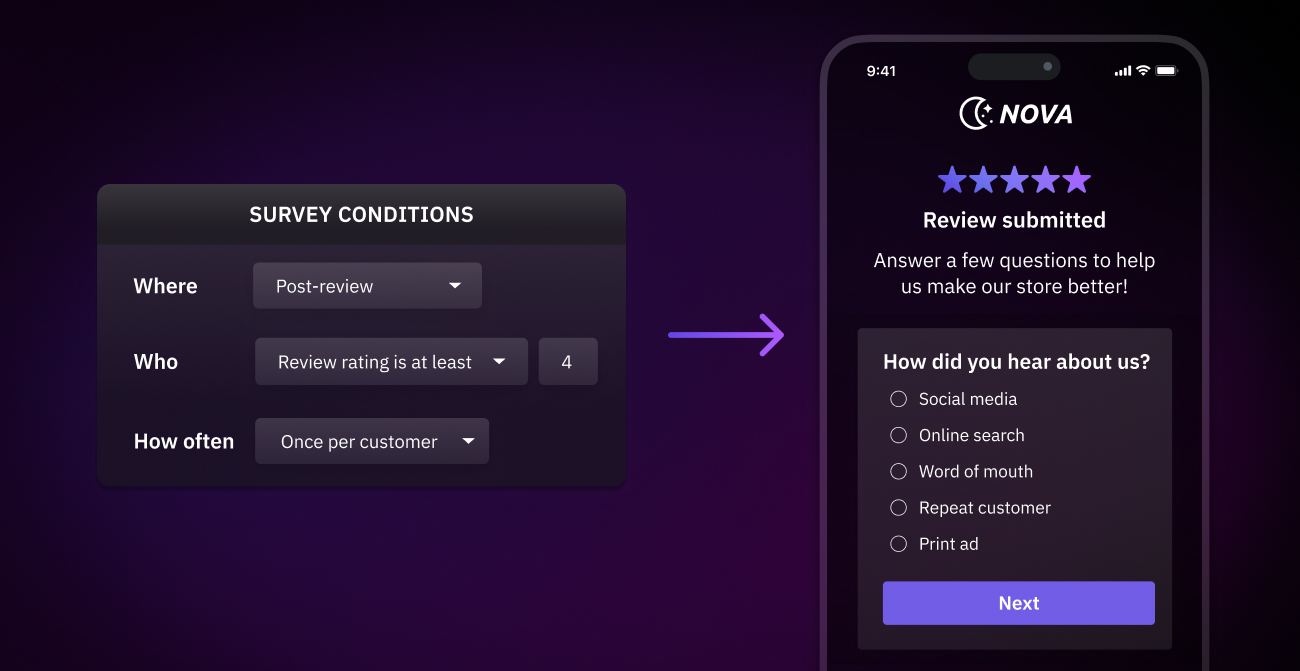
Once you’ve collected your data, it’s time to decipher what it means. Easy-to-understand survey analytics tools, like those from Okendo, can help you visualize your data, identify trends, and generate insightful reports. Armed with this powerful information, you can identify key themes and pain points, and uncover deeper insights.
Once you’ve made sense of the data you’ve collected, it’s time to put that information to good use. Start by addressing the most pressing issues first. Share your key findings with relevant teams and implement necessary changes to products, services, or processes to address customer pain points and improve overall satisfaction. Also, consider sending a follow-up message to respondents, thanking them for their feedback and sharing how their input has been incorporated into improvements.
Crafting a CX survey is a balancing act: You need to make it relevant and keep the respondee engaged so they finish the survey, while also trying to get clear, useful data. One way to do this is by including secondary keywords in your survey. This can increase the relevance of the survey and engagement.
To keep your survey from feeling monotonous, vary the ways in which questions are answered (multiple choice, on a scale, open-ended, etc), and the types of questions you ask. There are three main types of survey questions that measure different aspects of CX:
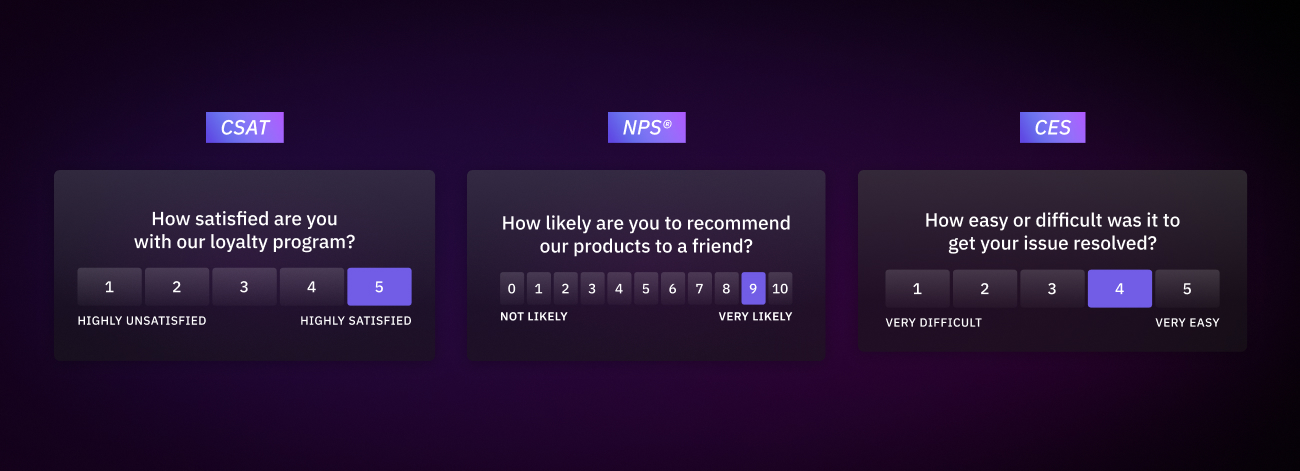
Every company is unique, so your CX survey should be unique to your brand as well. While you should avoid using boilerplate questions, there are some basic ones you may want to consider including:
To gain the most from your survey, make sure you create one that gives useful insights and that customers are likely to complete (rather than be confused by). These are a few best practices to consider when creating your CX Survey to achieve these goals:
Answering questions requires time and effort. Keeping your survey short (10 questions max) will make it more likely the entire survey will be completed.
Questions should be as clear as possible, to the point, use plain language, and stick to a single topic per question. This will make the survey easy to complete and give you clear data.
Think about the specific people you’re trying to reach. Target your language, images, and examples to them.
To ensure you get unbiased responses, avoid using leading questions and language. Write in a neutral tone and stick to objective questions to prevent swaying respondents’ answers.
When choosing a customer experience survey product, look for one that is user-friendly, like Okendo Surveys. This will help streamline the entire process, from creating and distributing surveys to analyzing results. Here are a few features to look for:
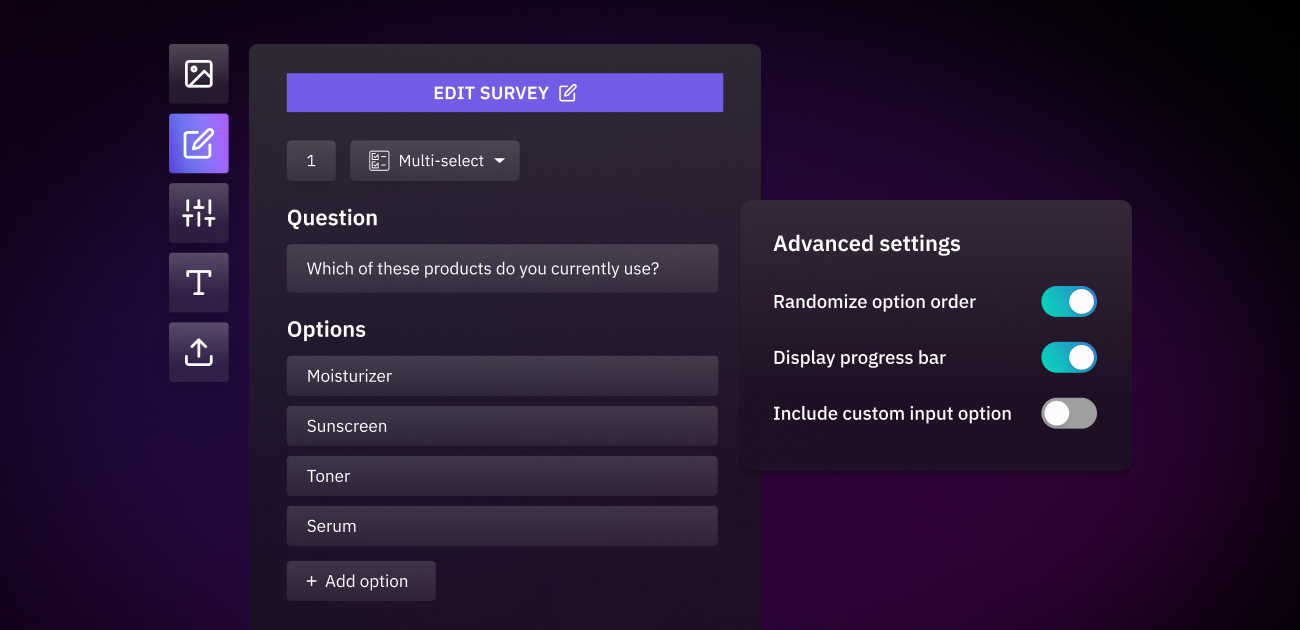
By selecting a CX survey tool with these key features (such as Okendo Surveys) you can create a personalized, intuitive survey that allows you to collect valuable feedback, and gain deeper insights into your customers’ experiences. This data can then be used to improve conversion rates, boost customer retention, and loyalty, and help you continuously improve your overall customer experience.
If you’re ready to get started and dive deeper into understanding your CX, book a demo with Okendo. We’ll help you create personalized surveys that lead to actionable insights and better marketing.
Related articles
Ready to learn more?